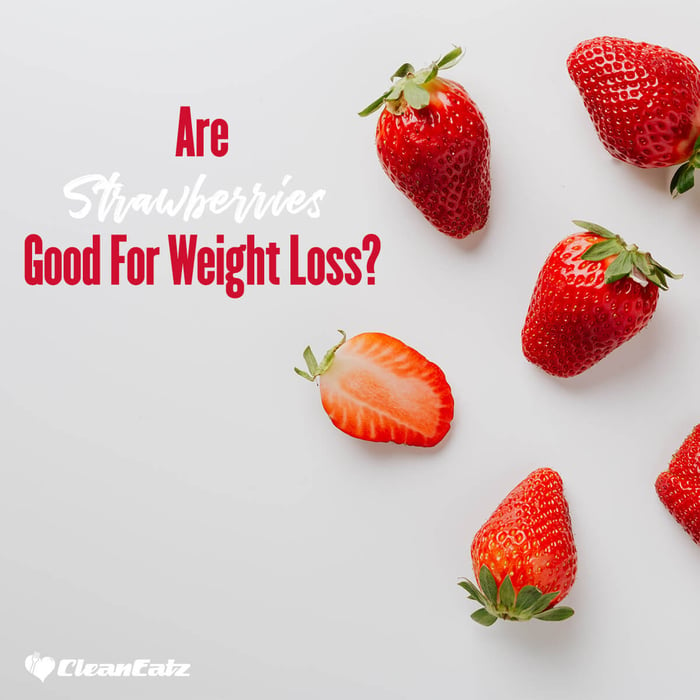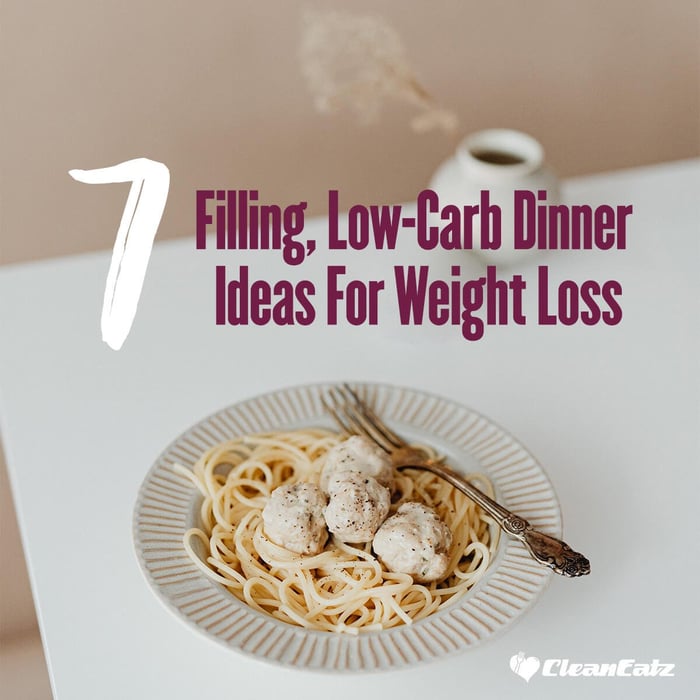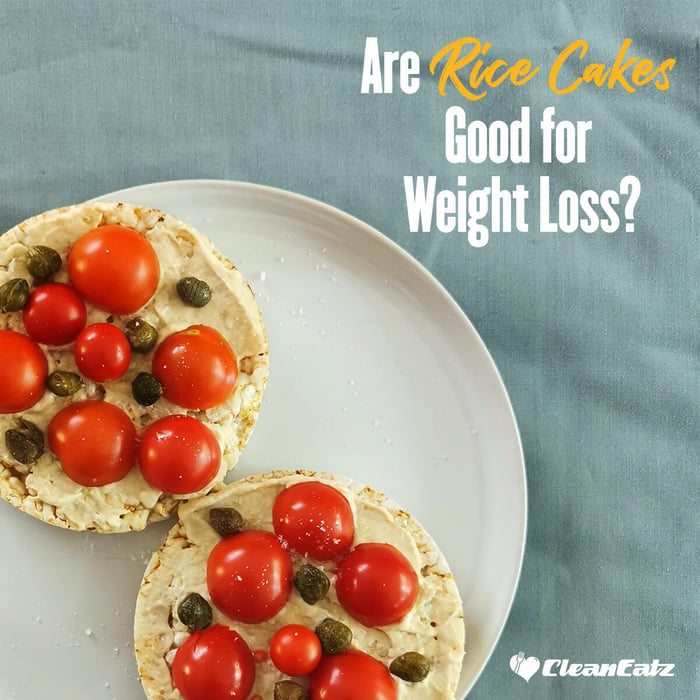Why strawberries help with weight loss
- Low energy density: Lots of volume and water for few calories helps you feel full on less—key for adherence to a calorie target.1
- Fiber for fullness: ~3 g per cup supports satiety and better meal pacing.2
- Low glycemic impact (whole fruit): Strawberries have a low GI and, when eaten intact, a gentle effect on blood glucose.3
- Nutrient-dense: Excellent vitamin C plus polyphenols (anthocyanins) linked with cardiometabolic benefits in research—nice bonuses while you’re cutting calories.4
Nutrition per cup (at a glance)
1 cup sliced strawberries ≈ 166 g. Values vary slightly by variety and ripeness.
| Calories | Carbs | Fiber | Protein | Vitamin C |
|---|---|---|---|---|
| ~50–55 kcal | ~12–13 g | ~3 g | ~1 g | High |
Source: USDA FoodData Central.
How to use them (without stalling progress)
- Substitute—don’t just add. Swap pastries/candy for a cup of strawberries. Keep daily calories on target—see our calorie-goal guide.
- Pair for fullness. Combine with protein (Greek yogurt, cottage cheese, protein shake) and fiber (chia/flax/oats) for longer satiety. Try these smoothie ideas or our high-protein guide.
- Keep it whole (most of the time). Whole fruit beats juice for fullness and glycemic control. If blending, measure ingredients and avoid added sugars.5
- Lean into convenience: Frozen, unsweetened strawberries are great—same nutrition, year-round availability. Thaw and drain for parfaits or oatmeal.
Common watch-outs
- Added sugars: Avoid heavy syrups, whipped toppings, sugary yogurt, and dessert-style smoothies. Keep added sugar modest per AHA guidance.6
- Portion creep in blends: It’s easy to pour 2–3 cups into a smoothie. Measure fruit and add protein to keep calories balanced.
- Dried/juice forms: These concentrate sugars and calories. Prefer fresh or frozen.
Want a plan that bakes this in? Check our calorie-controlled meal plans, compare portion vs. calorie counting, and skim sugar-smart swaps.
FAQs
How many strawberries should I eat for weight loss?
There’s no magic number. A common snack is ~1 cup (~50 calories). Fit it into your daily calorie target.
Are strawberries keto-friendly?
In small portions. A ½ cup has ~25–30 kcal and ~6–7 g carbs. Many low-carb plans can accommodate that.
Fresh vs. frozen—any difference?
Frozen (unsweetened) is nutritionally comparable and may preserve vitamin C well. Choose what helps you stay consistent.
References
- CDC/weight-management resources on using low-energy-density foods (fruits/vegetables) to reduce calorie intake. cdc.gov.
- USDA FoodData Central — Strawberries, raw (search results). fdc.nal.usda.gov.
- University of Sydney GI Database — Strawberries listed with low glycemic index; whole fruit has lower impact than juice. glycemicindex.com.
- Nutrients/PMC review — Strawberry polyphenols and cardiometabolic markers (overview of RCTs/observational data). ncbi.nlm.nih.gov.
- USDA MyPlate — Emphasize whole fruit over juice for fiber and fullness. myplate.gov.
- American Heart Association — Added-sugar limits (≈6 tsp/day women; 9 tsp/day men). heart.org.
Educational content only; not medical advice.




